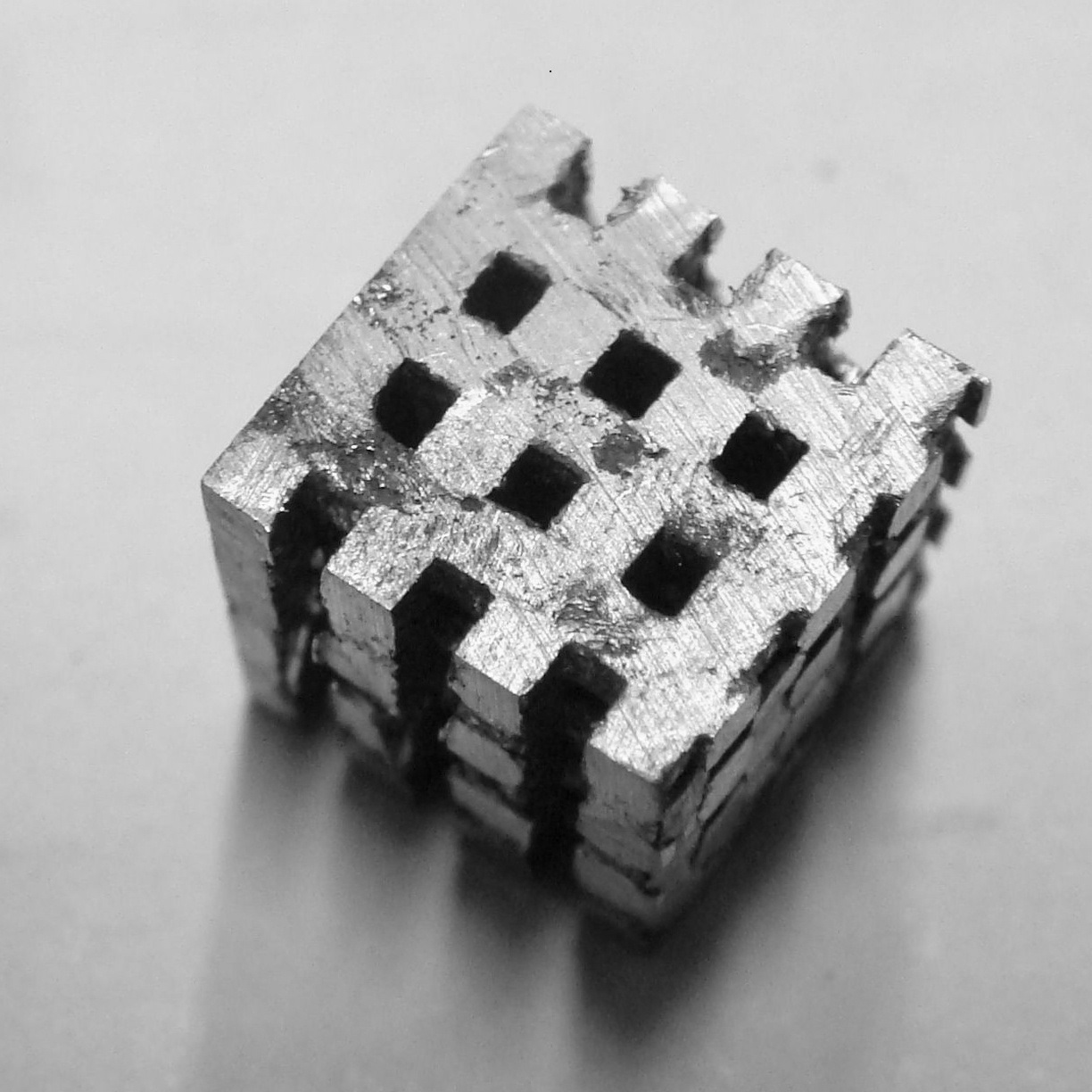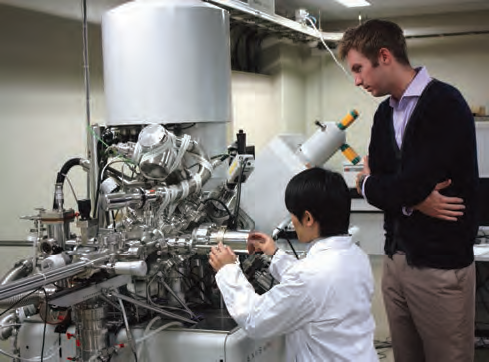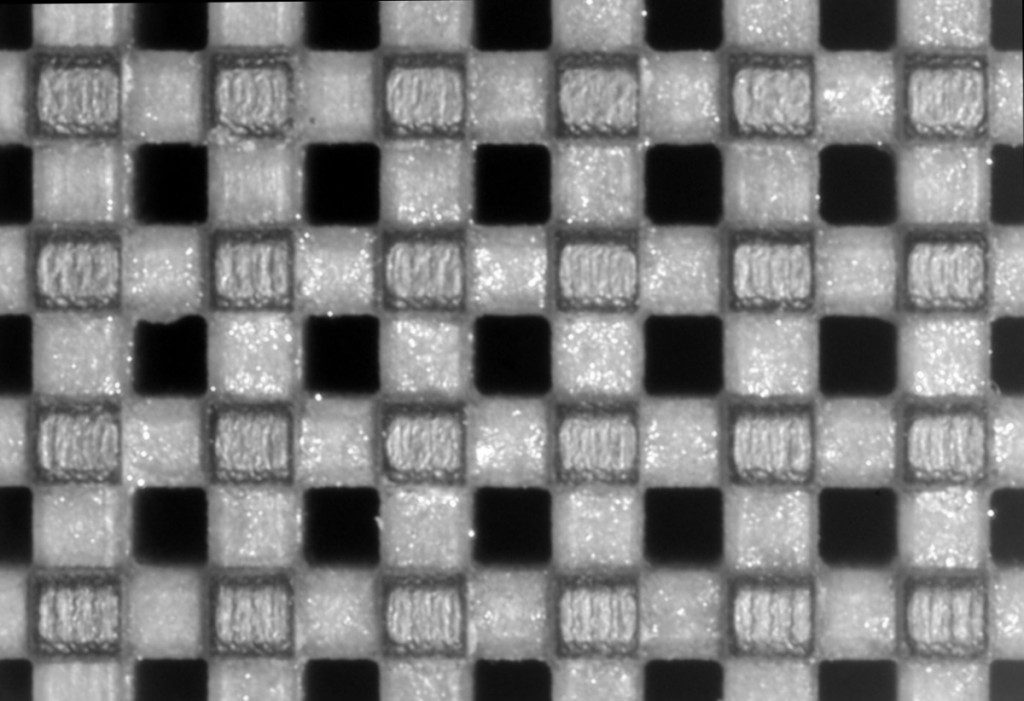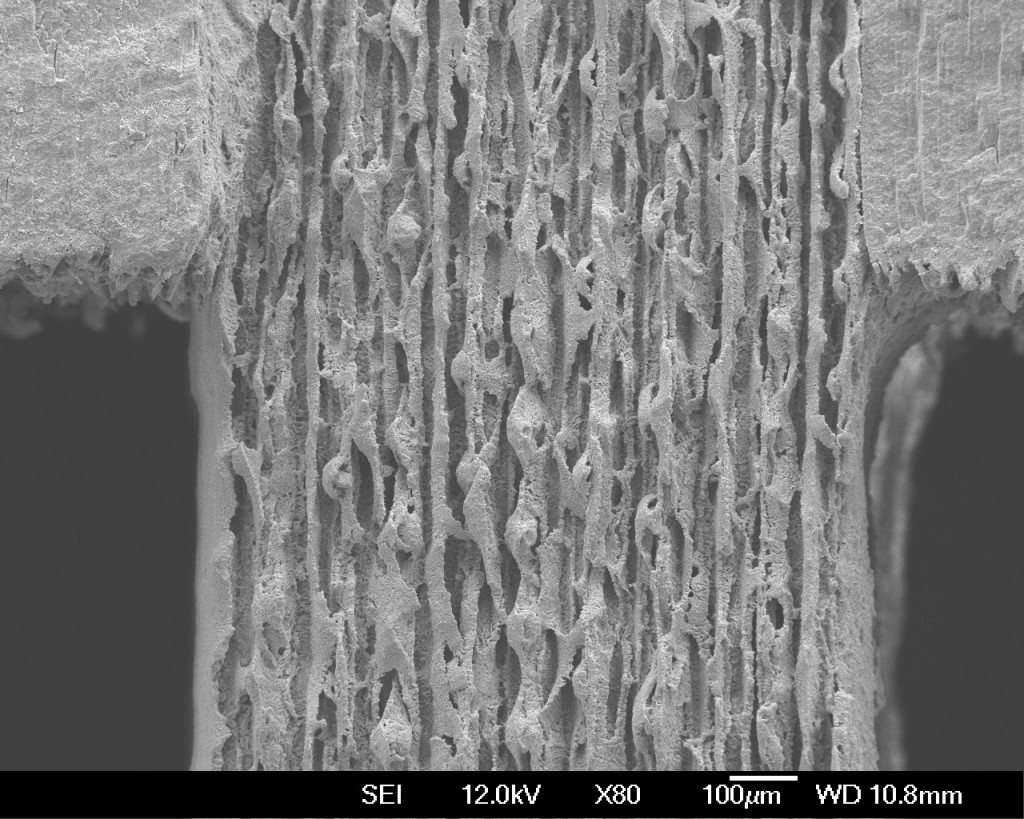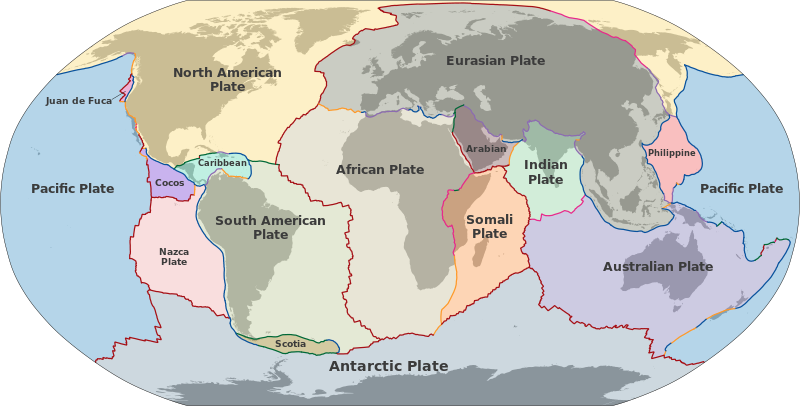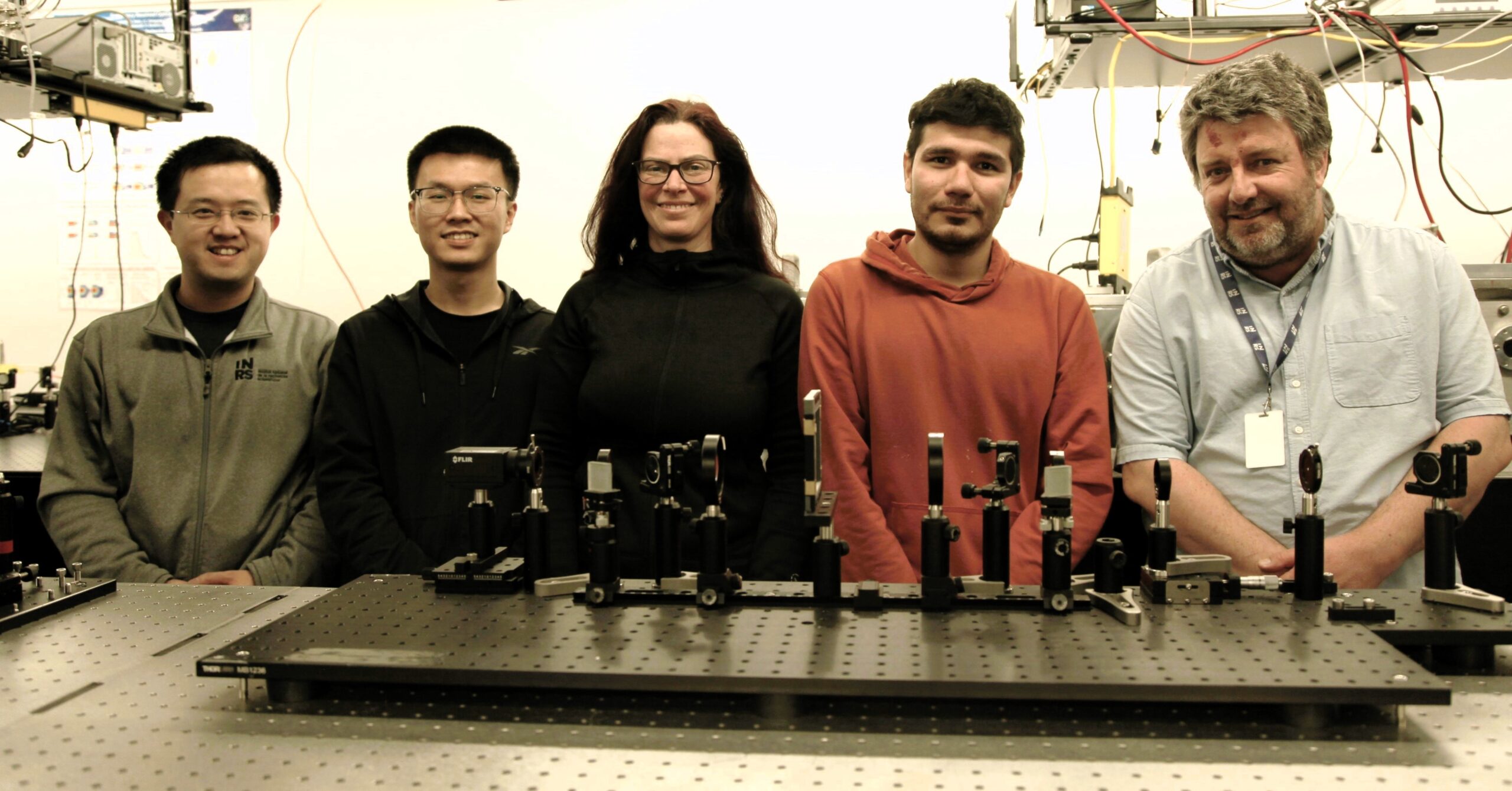Answers to some scientific and engineering challenges once languished because efficient and timely cross disciplinary cooperation was not technically feasible; there was too much “friction” in the communication process. Biologists, for example, knew nothing about materials science and materials scientists, nothing about biology. This led to misunderstandings and questionable, if not incompetent, uses of many materials and experimental techniques. Now, due to enhanced levels of communication via the Internet, this is beginning to change.
Most have heard of the use of steel and titanium in the body to provide support for broken bones. While these materials are generally considered inert and do not negatively affect the body, they are also permanent and often require secondary surgeries for removal or replacement.
Young Scientist Making Progress with Magnesium
Nicholas Kirkland, Assistant Professor of Biomedical Engineering at Nagasaki University, and colleagues, including a small team of biologists and engineers, have been finding novel ways to use magnesium to create completely biodegradable orthopedic materials. In the book Magnesium Biomaterials: Design, Testing, and Best Practices, Kirkland and co-author Nick Birbilis, Director of the Materials Engineering department at Monash University, discuss the types of in vitro experiments that can be performed and investigate the important variables that determine the performance of magnesium as a biomaterial.
Kirkland and Birbilis have revised and performed new electrochemical and animal tests with magnesium, which previously had a checkered history. Common misconceptions of magnesium date back to World War II, when plane components built from it fell apart. For the past century, magnesium used by materials scientists was often impure, which led to rapid corrosion and undesired reactions with living cells. This coupled with the release of hydrogen gas made the use of magnesium in biochemical applications untenable.
According to Kirkland, today’s magnesium is much purer. As a result, the team has designed and tested over 160 alloys that include calcium and zinc, as well as more exotic elements such as rare earth. Magnesium alloys typically have better mechanical properties and corrosion resistance than pure magnesium by itself. A typical mix is 98% magnesium and 2% calcium. Magnesium alloys have the further advantage of actively promoting cell growth and have even displayed anti-cancer characteristics. Breakthroughs are now allowing Kirkland to use bio-compatible magnesium implants in orthopedic applications.
Unfortunately, it is not possible to use 3D printers with magnesium due to its high reactivity. The team has developed a new method of forming magnesium implants through a novel sodium chloride (salt) based casting technique. This new method allows the creation of structures of any shape with exceptional accuracy, is completely biocompatible, and enables prototyping and casting to be done in just half a day. This technique also enables implants to be designed on an individual patient basis, rather than the more common “one size fits all” method, which is hugely beneficial in many implant situations.
Finally, through controlled “alloying”, specific rates of “biodegradation” can be obtained providing the flexibility to meet the many varied healing times required for different implants in the body. This can range from as little as a week to over a year. Once biodegradation occurs, all the substances exit the body through normal biological processes, leaving no trace of their existence after their purpose is served.
Materials Genome Initiative (MGI) to Help Speed Up Discoveries
Last summer IndustryTap wrote about the “Materials Genome Initiative” (MGI) and how a centralized database of information on materials will greatly reduce research time and costs in developing new materials and products. In lockstep with this development is a huge wave of materials science innovation that is radically changing the way things are designed and made.
For more on Nicholas Kirkland, visit his website where you’ll find links to publications, presentations and projects.
Related articles on IndustryTap:
- NIST: Measurement Science & Technology Standards Promoting Innovation, Competitiveness, Safety
- Space Elevators Built With New Superstrength Materials Could Replace Launch Rockets
- Nano-Engineered Super Hydrophobic Materials Mimic Plant’s “Lotus Effect”
References and related content:
- Nicholas Kirkland – Magnesium Biomaterials
- Magnesium Biomaterials – Design, Testing, and Best Practice
- The influence of biodegradable magnesium alloys on the osteogenic differentiation of human mesenchymal stem cells – Li – 2014 – Journal of Biomedical Materials Research Part A – Wiley Online Library

